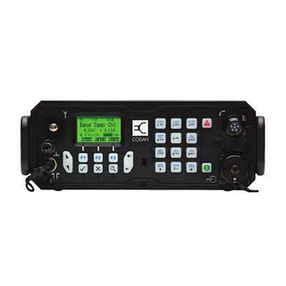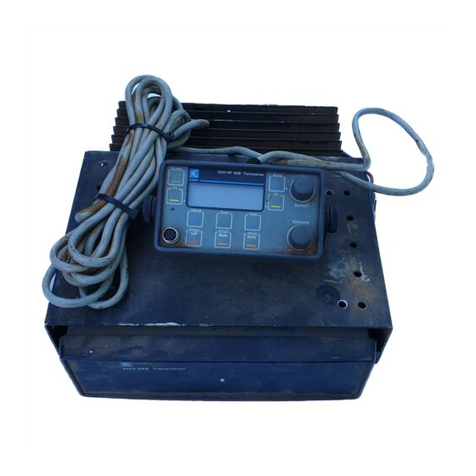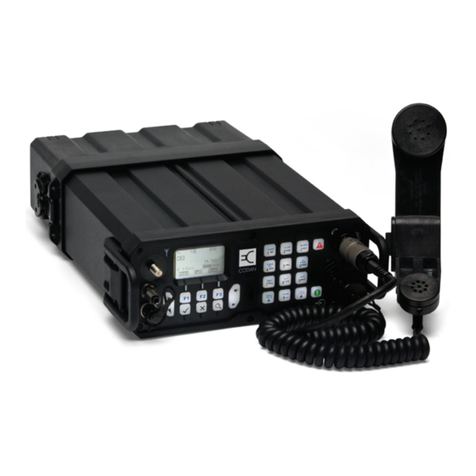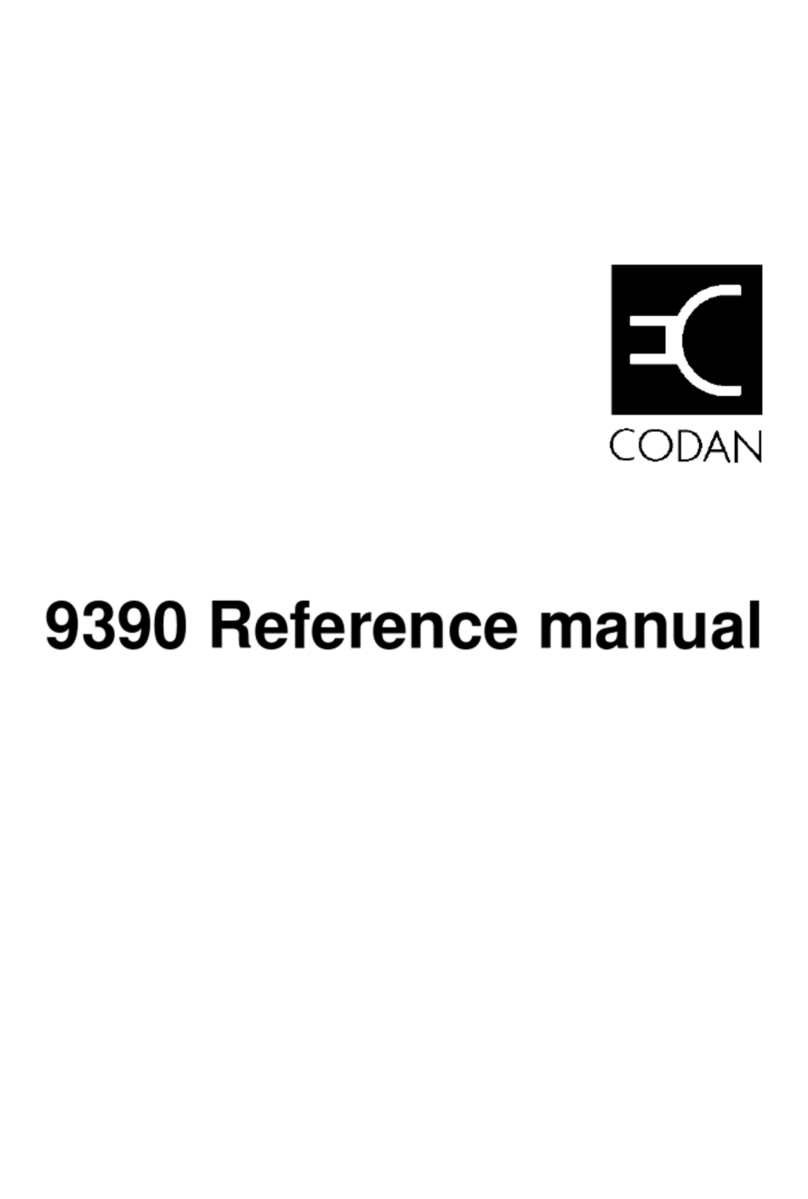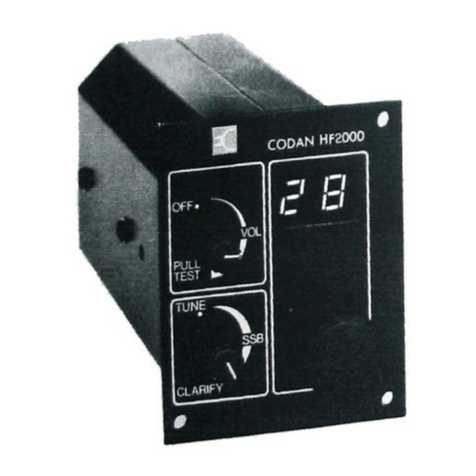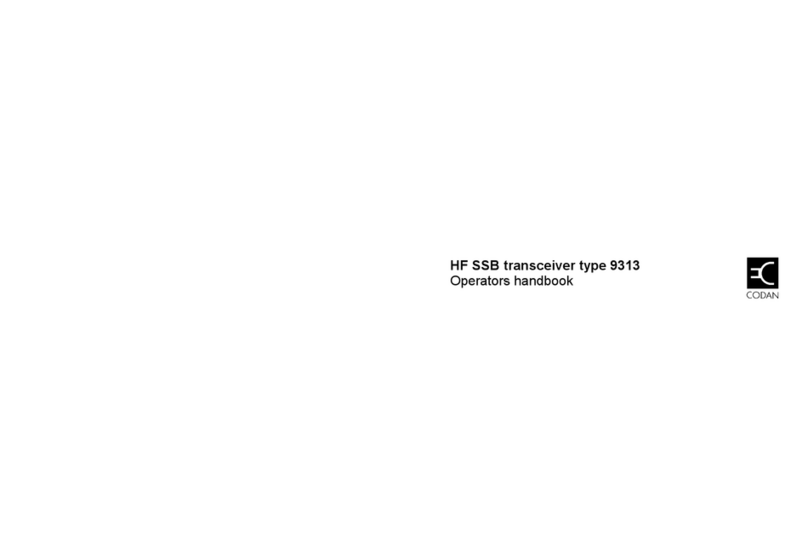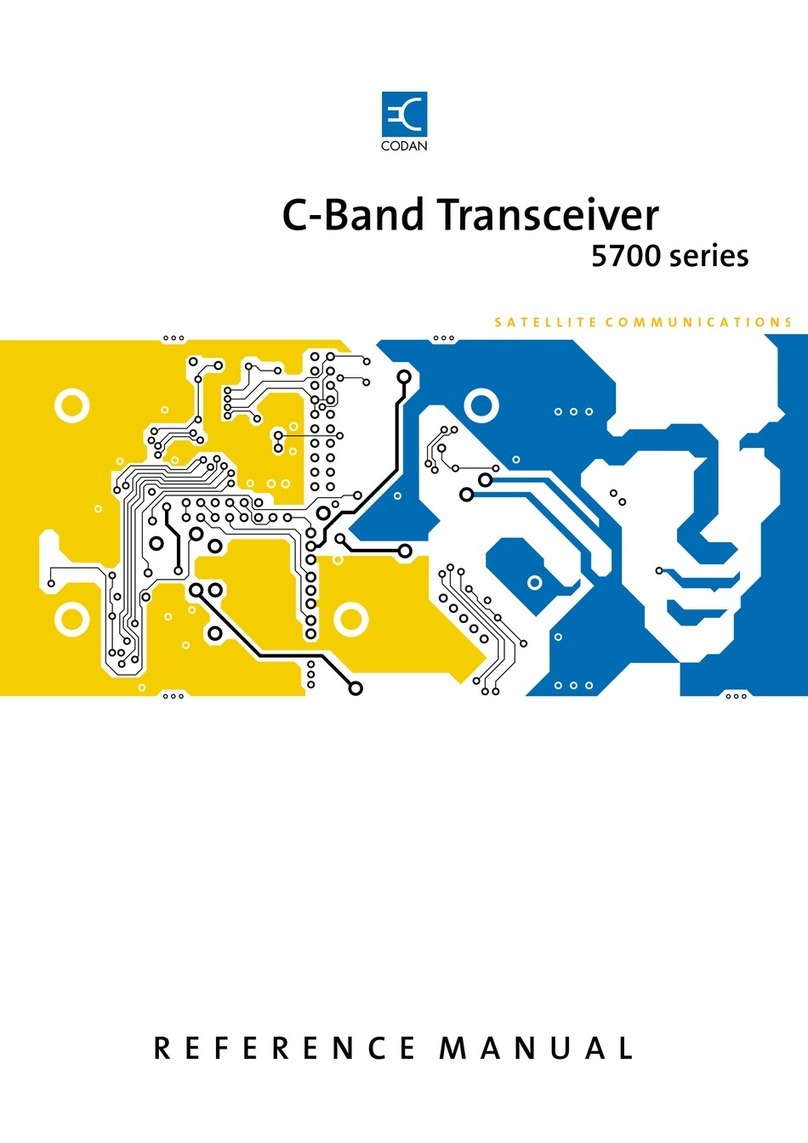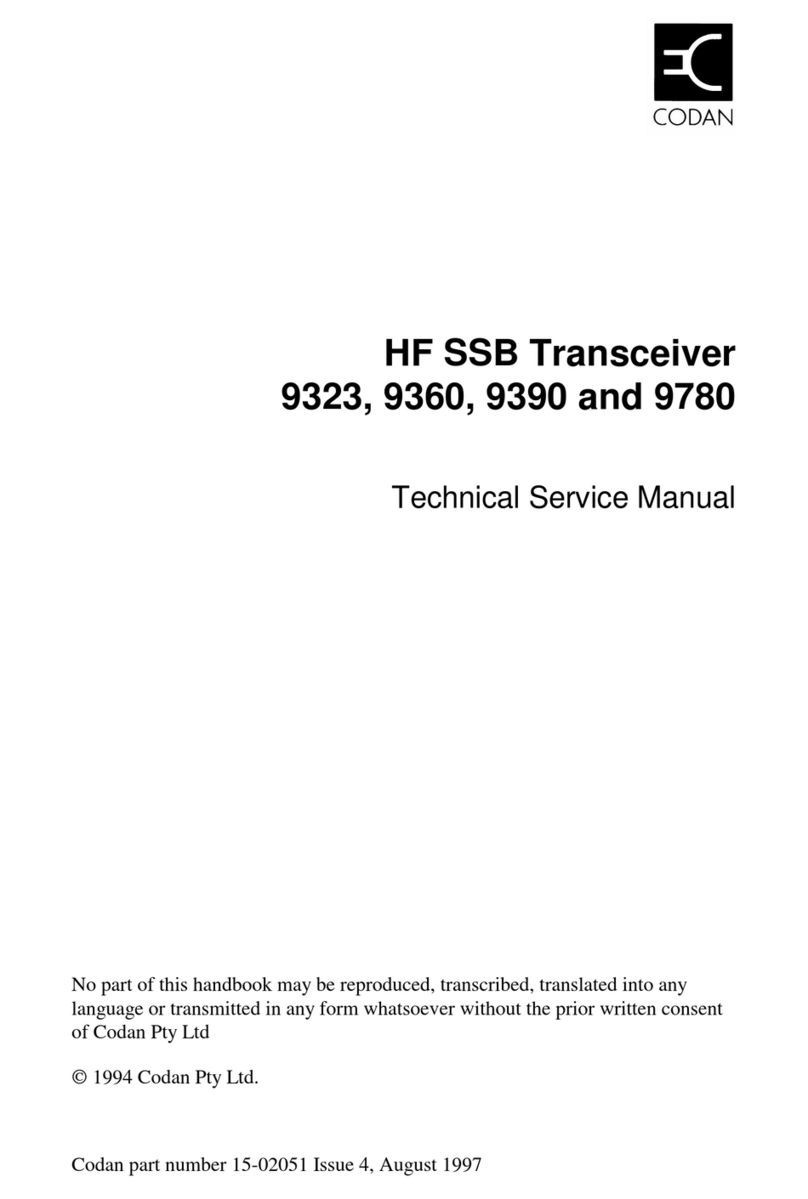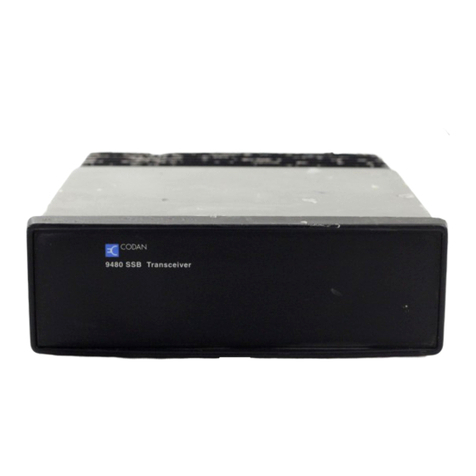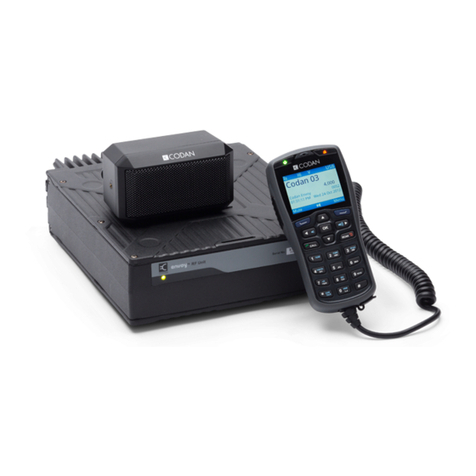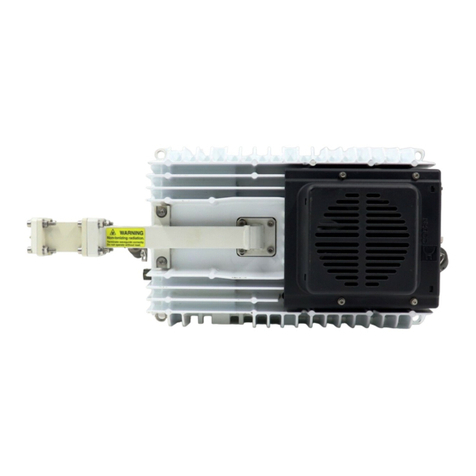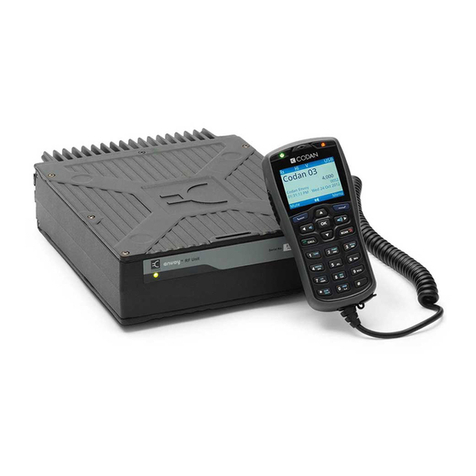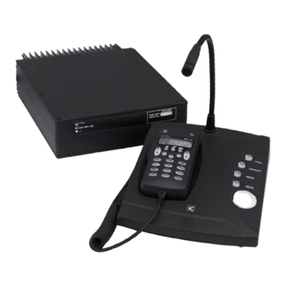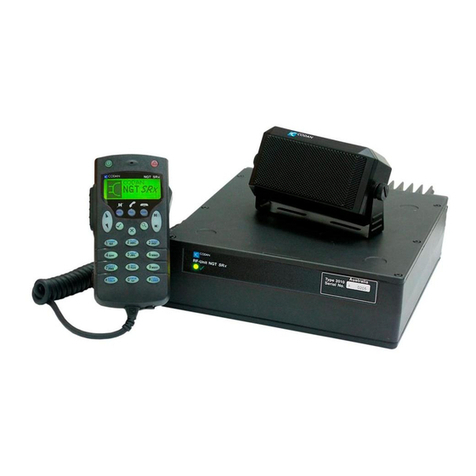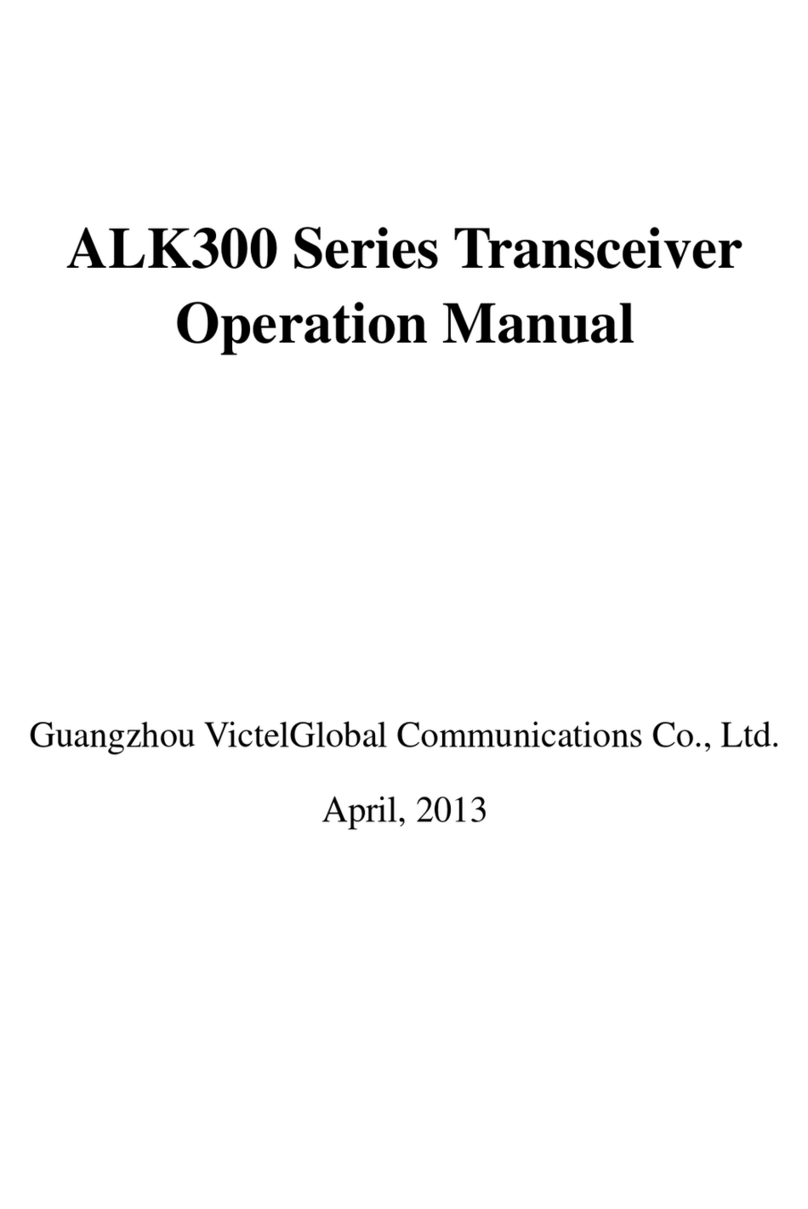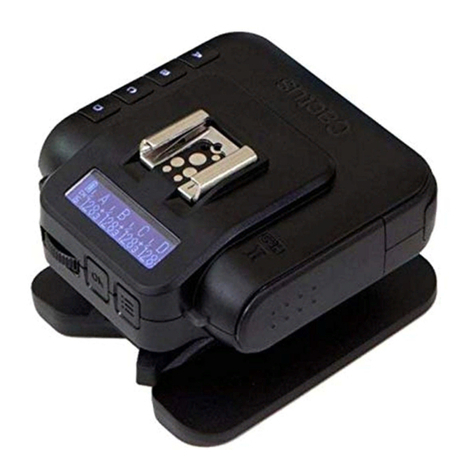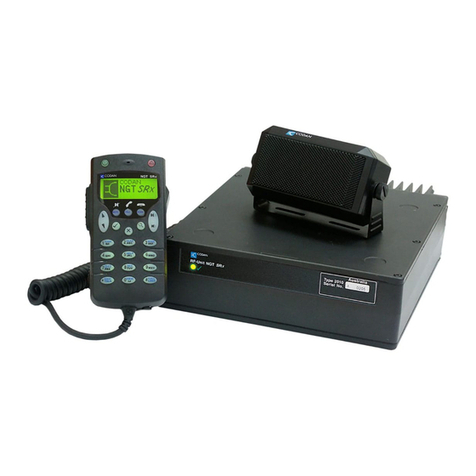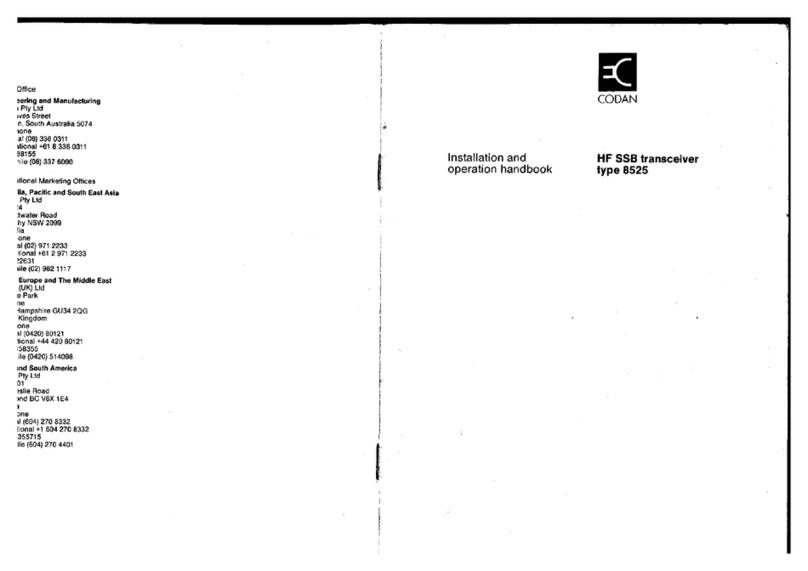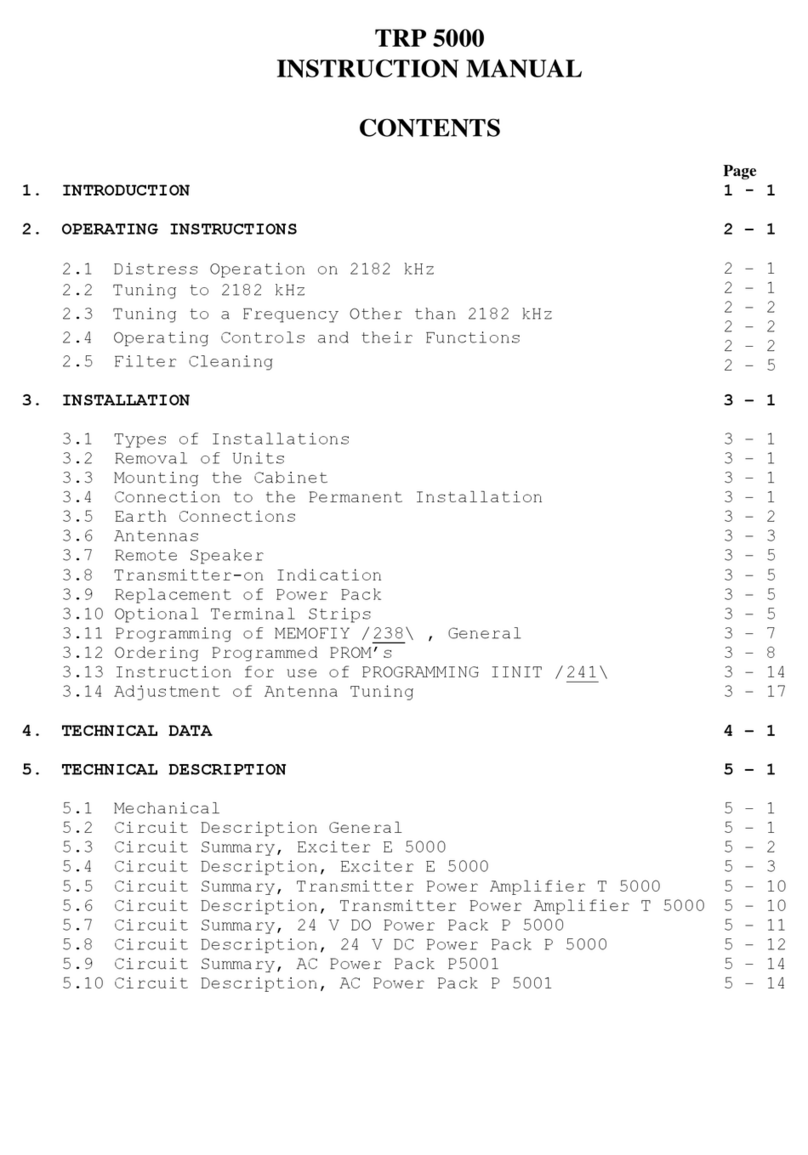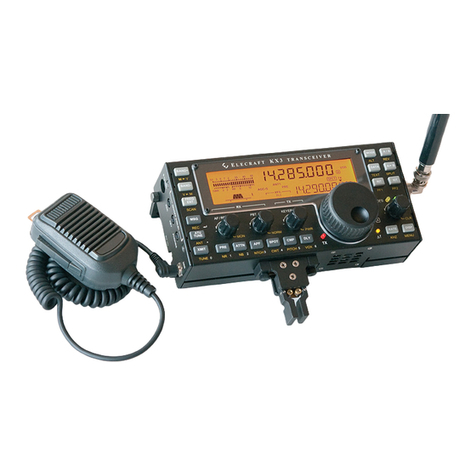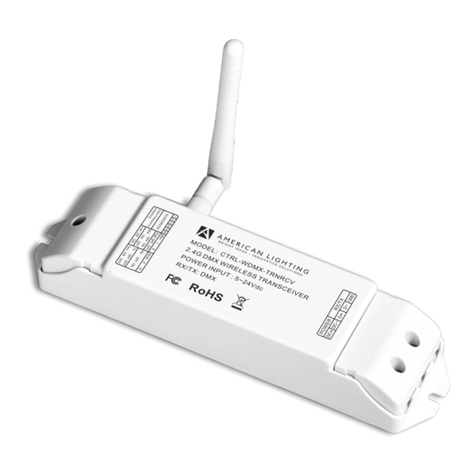Cascade System Modules Operation Guide
OG-CASC-SYS-MOD-1-0-0P
RF Exposure Warning
Exposure to radio frequency (RF) energy has been identied as a potential environmental factor that must be
considered before a radio transmitter can be authorized or licensed. The FCC and IC have therefore developed
maximum permissible exposure (MPE) limits for eld strength and power density, listed in FCC 47 CFR § 1.1310
and IC RSS-102 Issue 5 Sect 4. The FCC has furthermore determined that determination of compliance with these
exposure limits, and preparation of an Environmental Assessment (EA) if the limits are exceeded, is necessary
only for facilities, operations and transmitters that fall into certain risk categories, listed in FCC 47 CFR § 1.1307
(b), Table 1. All other facilities, operations and transmitters are categorically excluded from making such studies or
preparing an EA, except as indicated in FCC 47 CFR §§ 1.1307 (c) and (d).
KDB 447198 D01 General RF Exposure Guidance v06 and IC RSS-102 Issue 5 provide assistance in determining
whether a proposed or existing transmitting facility, operation or device complies with RF exposure limits. In
accordance with KDB 447198 , FCC 47 CFR § 1.1307 (b) and RSS-102 Issue 5 Sect 2.5, the Codan Radio
Communications transmitter manufactured in Canada is categorically excluded from routine evaluation or preparing
an EA for RF emissions and this exclusion is sufcient basis for assuming compliance with FCC/IC MPE limits. This
exclusion is subject to the limits specied in FCC 47 CFR §§ 1.1307 (b), 1.1310 and IC RSS-102 Issue 5 Sect 4.
Codan Radio Communications has no reason to believe that the excluded transmitter encompasses exceptional
characteristics that could cause non-compliance.
Notes:
•The FCC and IC’s exposure guidelines constitute exposure limits, not emission limits. They are relevant
to locations that are accessible to workers or members of the public. Such access can be restricted or
controlled by appropriate means (i.e., fences, warning signs and others).
•The FCC and IC’s limits apply cumulatively to all sources of RF emissions affecting a given site. Sites
exceeding these limits are subject to an EA and must provide test reports indicating compliance.
RF Safety Guidelines and Information
Base and Repeater radio transmitters are designed to generate and radiate RF energy by means of an external
antenna, typically mounted at a signicant height above ground to provide adequate signal coverage. To reduce
potential radio interference to other users, the antenna type and its gain should be so chosen that the equivalent
isotropically radiated power (EIRP) is not more than that permitted for successful communication. The following
antenna installation guidelines must be adhered to in order to ensure RF exposure compliance:
Non-building-mounted Antennas:
•Height above ground level to lowest point of antenna ≥ 10 m
•Power ≤ 1000 W ERP (1640 W EIRP)
Building-mounted Antennas:
Power ≤ 1000 W ERP (1640 W EIRP)
The following RF Safety Guidelines should be observed when working in or around transmitter sites:
• Do not work on or around any transmitting antenna while RF power is applied.
•Before working on an antenna, disable the appropriate transmitter and ensure a “DO NOT USE”
or similar sign is placed on or near the PTT or key-up control.
•Assume all antennas are active unless specically indicated otherwise.
•Never operate a transmitter with the cover removed.
•Ensure all personnel entering a transmitter site have electromagnetic energy awareness training.
For more information on RF energy exposure and compliance, please refer to the following:
1. FCC Code of Regulations; 47 CFR §§ 1.1307 and 1.1310
2. KDB 447198 D01 General RF Exposure Guidance v06
3. https://www.fcc.gov/general/radio-frequency-safety-0
4. IC RSS-102 Issue 5, “Radio Frequency Exposure Compliance of Radio Communication
Apparatus”
